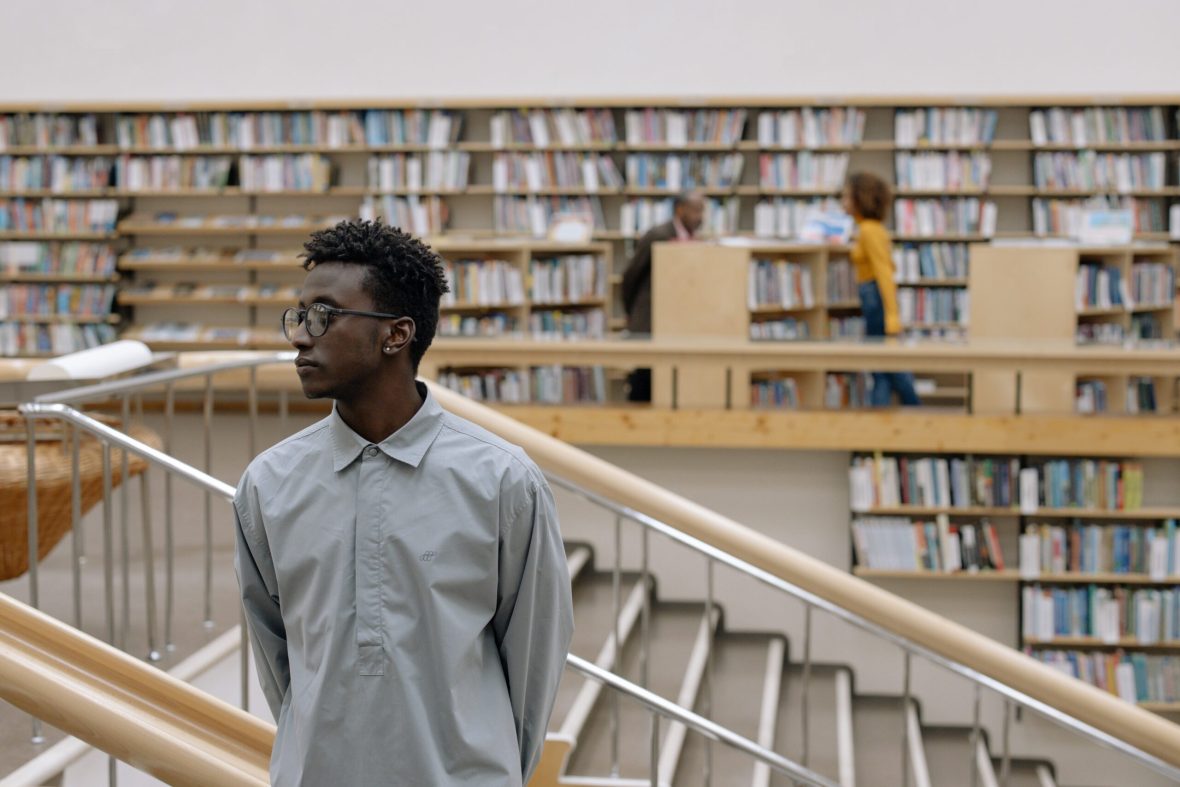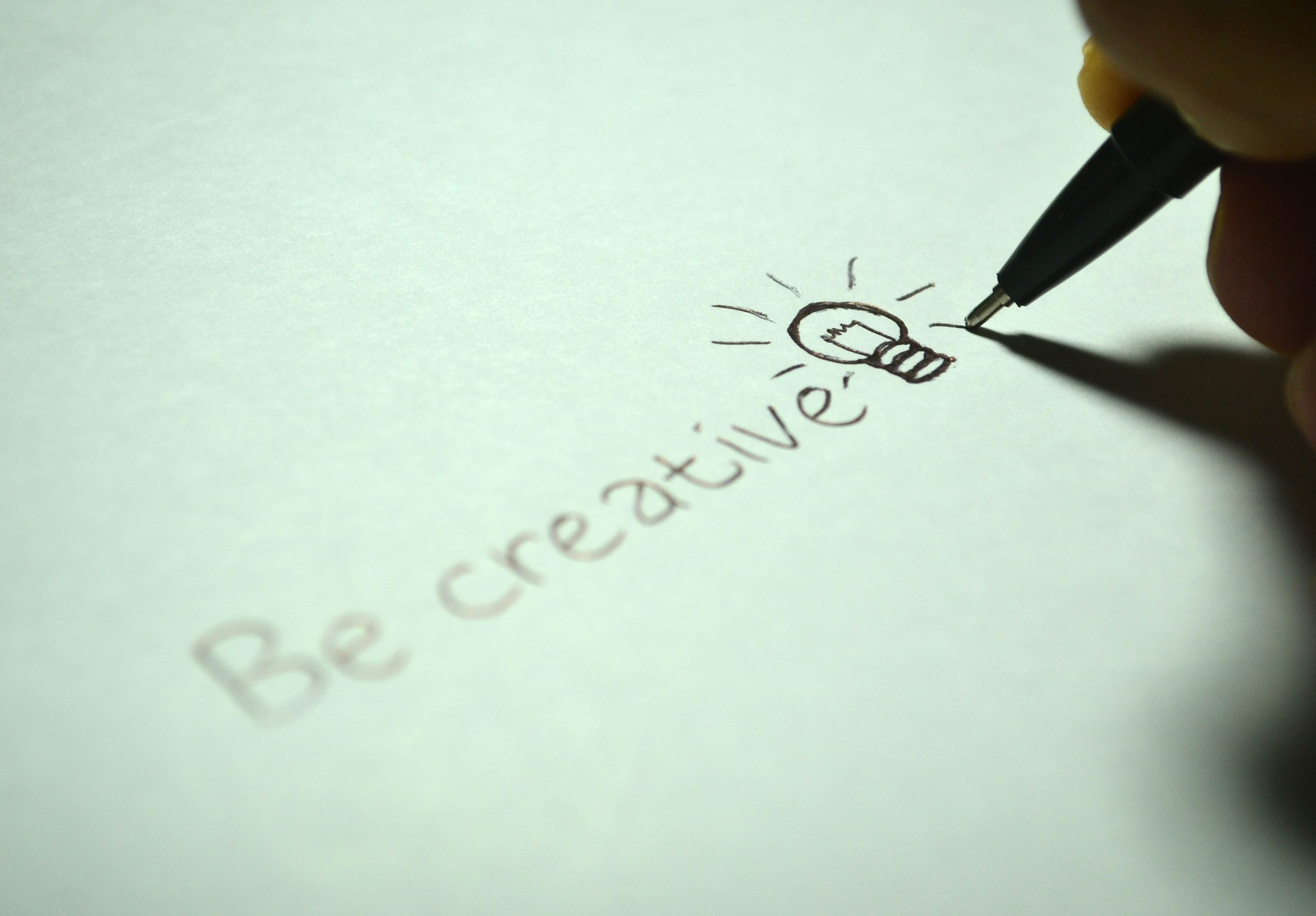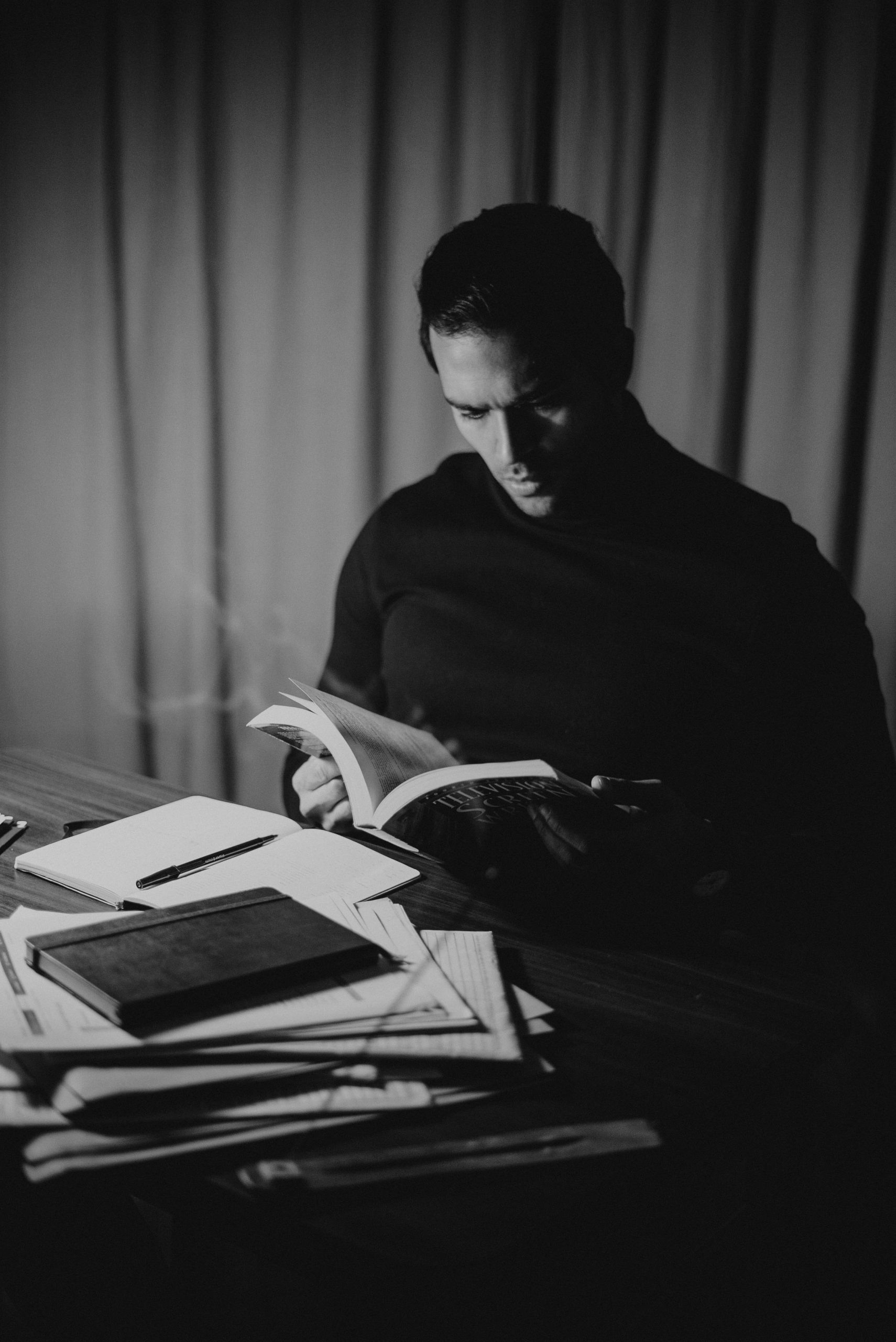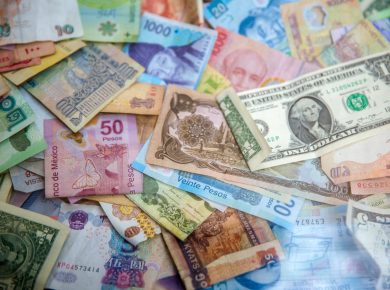Literature simply is the use of words of a language to narrate, challenge emotions, and exchange dialogue. When they are used to narrate, we have prose. When they are used to challenge emotion, we have poetry, and when they are used to exchange dialogues, we have drama. The three major literary genres are prose, poetry and drama.
These three genres are different in the structure of their wording. The three involve the use of figures of speech such as proverbs and adages, simile, metaphor, oxymoron, onomatopoeia, and others.
To create any genre of literature well, the creator must have a deep knowledge of the use of the language involved – a creator in the English Language must have strong power in the use of English.
A creator of any genre of literature should understand the concept of creativity, the sources of should understand the concept of creativity, the sources of creativity, the principles of creativity, and what is involved in the creation of literary genres.
The following guidelines are to be adhered to when creating any genre of literature. Literary genres are forms of tragedy, comedy, and tragic-comedy. Read the similar post on this page.
How to write prose or a novel
Prose or a novel is written in prose form. The writing is not in measured lines. It is a narration that is created in parts. It employs the use of other prose elements, such as proverbs and adages, and the use of figures of speech.
Prose embodies narrations, campaigns, proverbs and adages, philosophical sayings, folktales, an account of discussions, minutes of the meeting, and just any literature that is not written in measured lines or dialogues.
It sometimes employs measured line documents when we want to show music oan r element of the narration.
To create a prose/novel, we take note of the following:
Form: The creator should decide the form of the story, i.e tragedy or tragic-comedy.
Structure: The structure is written in ordinary lettering. It is not in the measured line structure. It is a composition of words in parts or chapters.
The story should be in the structure having a beginning, a rise, a climax, and a fall for a tragedy and a triumphant ending in case of comedy.
How to write poetry
A poem is a literary work used to change the emotion. A poem is written in measured lines. It is not written in ordinary lines of prose.
There are various types of poems. A poem could be in verse or verses. There are strict verse poems and open verse poems. A poem can be narrate-lie-prose, but the writing is in verse form. There are various verse forms.
There could be an open verse or a strict verse. It is open when there is no observance of a regular number of syllables for certain lines.
It is strict when each verse and each line observe the same number of lines as other verses, and each line presents the same number of lines as other versess and each line presents the same number of syllables.
The same number of syllables may be several syllables that may be carried by each line of the verse, or they may be an alternate. The reckoning of the syllabic pattern of each line is known as the meter.
There are long meter (LM) verse has four lines in this order of syllables 8.8.8.8. That is, each line has 8 syllables.
SM verse has four lines, the first two lines are made up of 6 syllables, the third is made up of a syllable, and the fourth line is made up of 6 syllables, so we have 6.6.8.6.
A (CM) has four lines with alternating lines of 8 syllables in the first line, 6-syllable lines in the second line, 8-syllable lines in the third line, and 6-syllable lines in the fourth line: 8.6.8.6.
Other metric systems could be followed, such as 10s, 11s, 6.5.6.5, etc. This metric system reveals the strict relationship between poetry and the between. The majority of the Christian Hymns sung in churches have to do with the metric system in poetry.
The creator of any poem should understand the meaning of the various figures of speech and their uses. He should also take note of the various types of poems that could be prompted by happenings or emotional touches, or instigations.
How to create a drama/a play
A drama or a play is written in dialogue. Each character in a drama says their dialogue directly. The author narrates through the dialogue said by each character.
As each character says his dialogue after the other, the whole story is narrated. The dialogues are interpreted with actions that the characters use to accompany their dialogues.
The story in dialogues is narrated in parts of Acts and Scenes. It could be in scenes alone. The Act is a combination of several scenes. The act could be determined by the setting and where we have additional characters.
Stage Direction
This is the statement describing the action that a character does as he says his didialogueIt is usually printed in italics or put in parentheses. Stage directions are long, giving a vivid description of the action expected of the player of the character. Some are short. The word “Long or Short” depends on what a playwright decides to use.
Technical Involvement
The end of the journey of any play text or dramatic piece is the stage or in a fi,l m as we have today in video film.
The creator should always think of the performance of the piece when he creates and writes his play/drama. The technical aspects involved in the creation and writing of a dramatic piece are lighting, sound, musical sounds, and any other. Read the similar post on this page.










